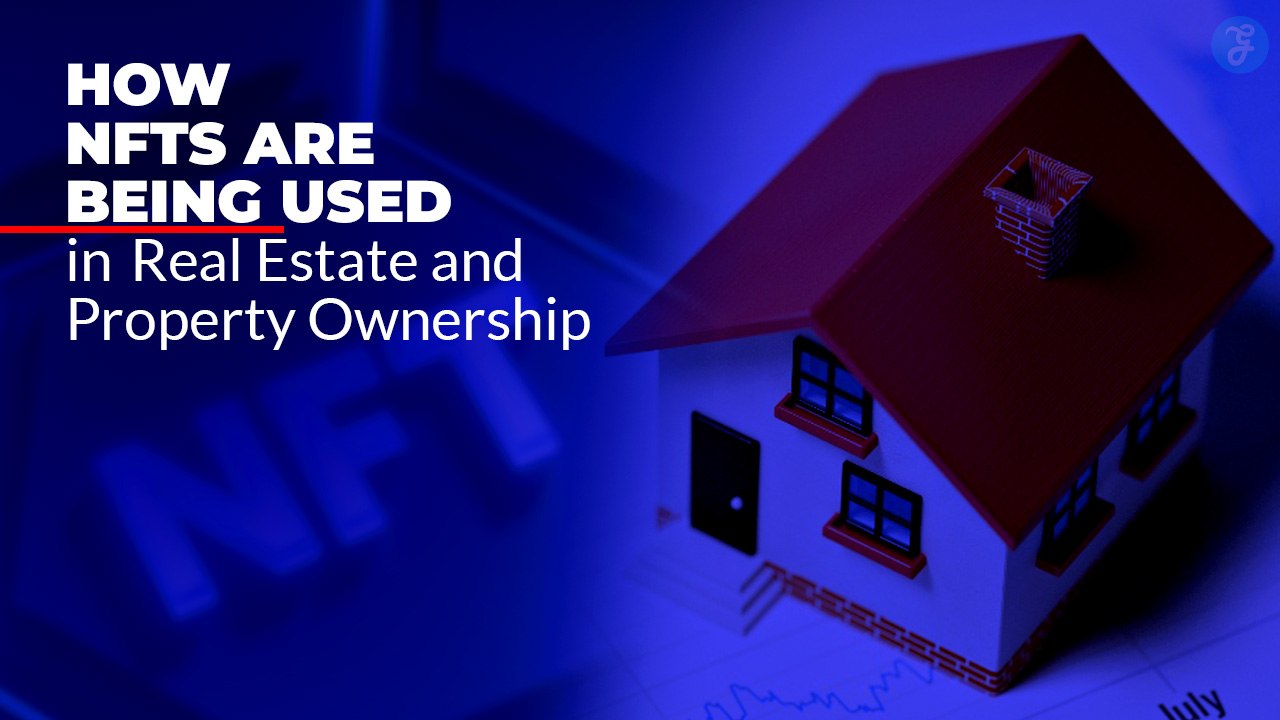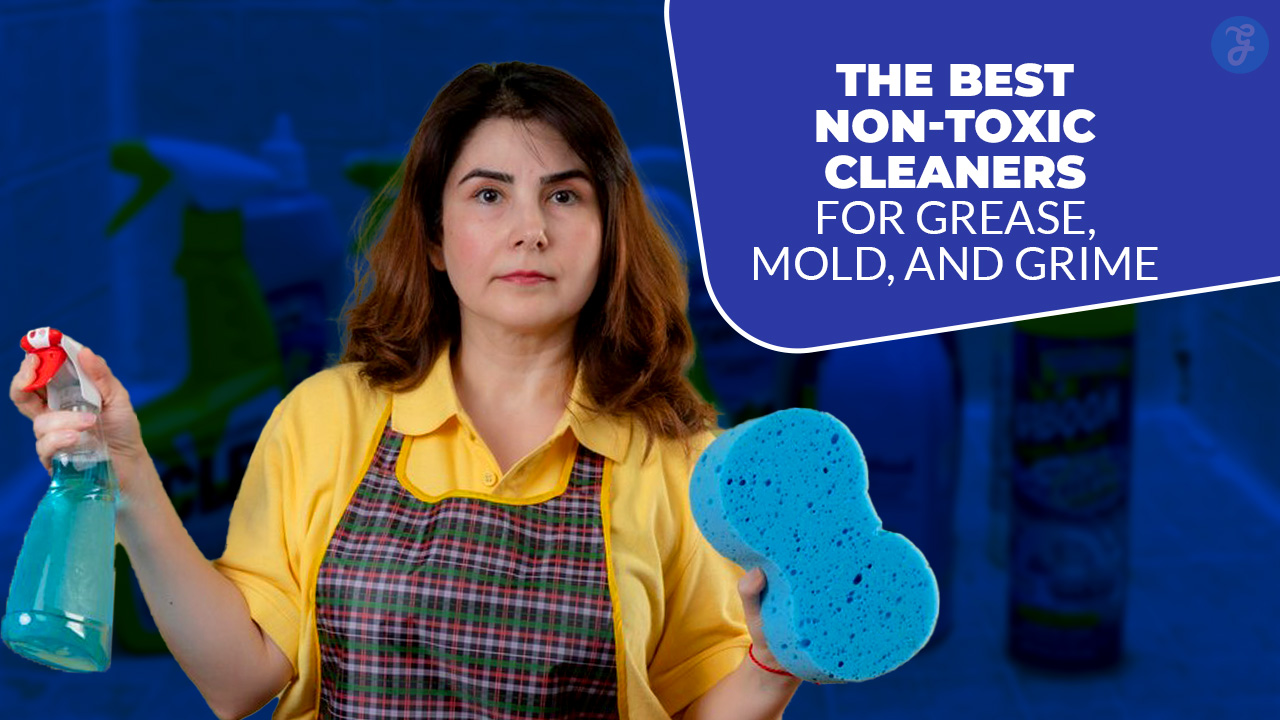Although building a house by the sea is a thrilling idea, there are certain challenges involved in the process. Over time, the salty air, continual moisture exposure, and erratic storms all cause wear and tear on structures. Coastal properties must be designed with longevity in mind, using materials that can resist severe climatic conditions yet still retain their visual appeal unlike homes built inland. The secret to achieving this is intentional design, using the right materials, and a strong emphasis on long-term upkeep.
Selecting Materials That Can Stand Up to the Elements
Coastal houses call for materials strong enough to withstand the constant pressures of nature. Strong winds, humidity, and salinity can all compromise traditional building materials, resulting in expensive repairs. Builders frequently turn to marine grade lumber, a particularly treated wood meant to resist rot, warping, and moisture damage. Ideal for coastal building, this kind of lumber provides longevity without compromising the inherent beauty of wood.
Apart from marine grade lumber, other necessary components include fiber cement siding, stainless steel hardware, and corrosion-resistant roofing. These components cooperate to create a structure that not only looks fantastic but can also resist the coastal environment for many years. Starting with premium materials now will help homeowners avoid costly repairs and replacements down the road.
Smart Design Choices for Coastal Homes
Building a house close to the sea requires thoughtful design as much as selecting the right materials. Many residences are built on stilts or raised foundations since coastal homes are frequently at risk of floods and soil erosion. Improving a house reduces flood damage and maintains stability of the construction even when the terrain changes with time.
Yet another important issue is the roof. Choosing strong, wind-resistant materials like metal roofing or specifically strengthened shingles is crucial since high winds and strong storms can readily ruin traditional roofing materials. In addition, adding an extra layer of protection and lowering the chance of storm damage can be achieved by using impact-resistant windows and doors.
Combatting Salt and Moisture Damage
One of the main risks to coastal homes is air heavy in salt. It can erode wood, corrode metal fittings, and seriously compromise structural integrity with time. Using stainless steel or galvanized metal for fasteners, hinges, and other structural parts will help to prevent this. These materials are considerably better options than ordinary steel since they are especially made to withstand corrosion.
On the other hand, wooden components should be correctly sealed and maintained to stop water absorption and decay even if they are made of marine grade lumber. The lifetime of a seaside house can be greatly extended with regular care including protective coatings and repainting of exposed surfaces.
Proper Ventilation and Drainage Keep Homes Safe
Naturally humid coastal settings can cause mildew, mold, and wood rot if not controlled properly. Maintaining a dry and pleasant indoor setting depends on good ventilation. Properly positioned vents, dehumidifiers, and airflow-friendly house designs help control moisture levels, therefore lowering the structural damage risk.
Drainage is equally important. To stop erosion, rainwater and floodwaters have to be pointed away from the foundation of the house. Careful landscaping, proper grading, and proper upkeep of gutters help to prevent water pooling around the house, therefore reducing any damage.
Long-Term Maintenance for Coastal Homes
Regular maintenance is essential to keep a coastal house in great shape even with the greatest materials and design being used. Homeowners should routinely look for wear and tear on their foundations, siding, and roof. Salt accumulation can hasten degradation, which is why fresh water washing of outside surfaces helps reduce long-term harm.
Including environmentally friendly materials and energy-efficient solutions is a wise step for anyone wishing to make their coastal residence as sustainable as possible. Selecting sustainable, long-lasting materials like marine grade lumber not only increases the lifetime of the house but also reduces environmental impact. In addition to lowering long-term expenses, adding solar panels, rainwater collecting systems, and energy-efficient windows will help a house become even more resilient.
Final Thoughts
Building a house on a coast calls for careful design, appropriate building materials, and constant maintenance commitment. Homes in these settings have particular challenges ranging from extreme dampness to salt exposure and strong winds. Resilient materials like marine grade lumber, storm-resistant design, and consistent maintenance help to guarantee that a coastal house will be strong and beautiful for many years. Homeowners can enjoy the advantages of coastal living without always worrying about structural problems with the the right approach.






































